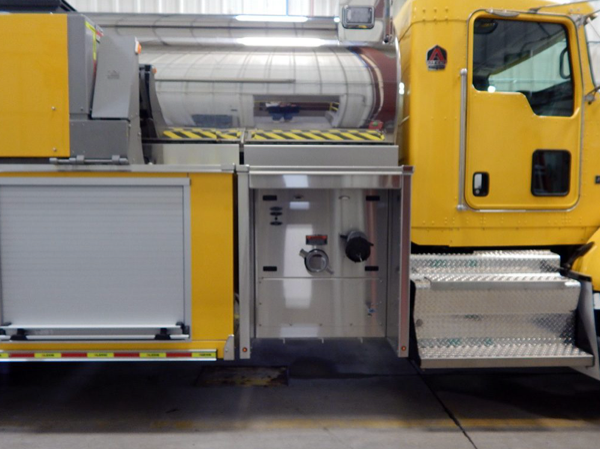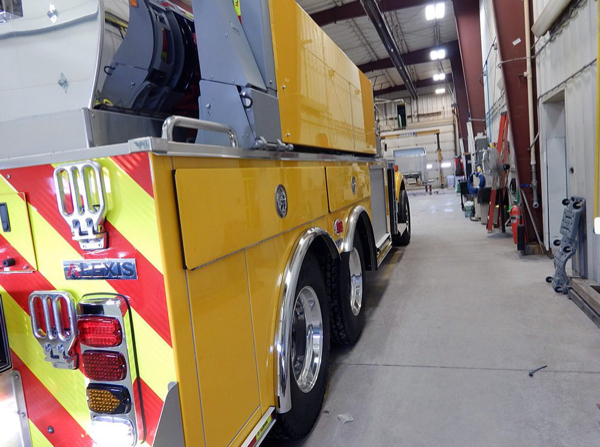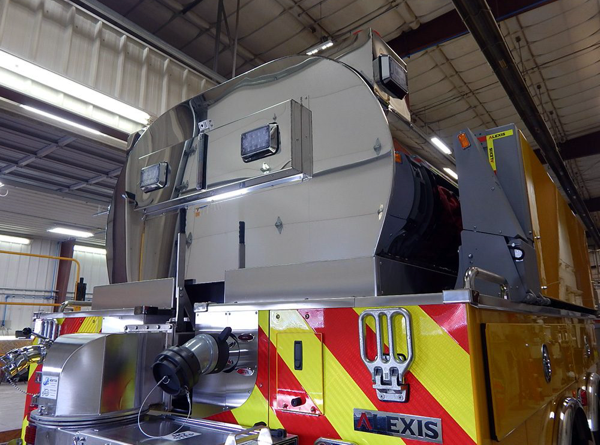Excerpts from the ChicagoTribune.com:
In an attempt to keep its police and fire departments at optimal staffing levels, the Oak Park Village Board has approved a staff plan to over hire in its public safety workforce.
Village staff told trustees on Jan. 28 that the move is necessary as the time period to hire young police officers and firefighters can take several months. Staff would begin the hiring process early in anticipation of pending retirements/resignations or cases of long-term disability.
The village board previously approved similar programs for the 2017 and 2018 fiscal years. Trustees approved the 2019 program by a 6-0 vote.
According to village staff, prior to July 2017, Oak Park did not have a method to address staffing issues related to employees leaving their respective departments. The result was overtime wages at a minimum of 1.5 times the hourly rate to maintain minimum staffing levels.
Village staff says the lengthy recruitment process for police and fire officers can be challenging as Oak Park competes with neighboring suburbs and Chicago for new recruits.

































